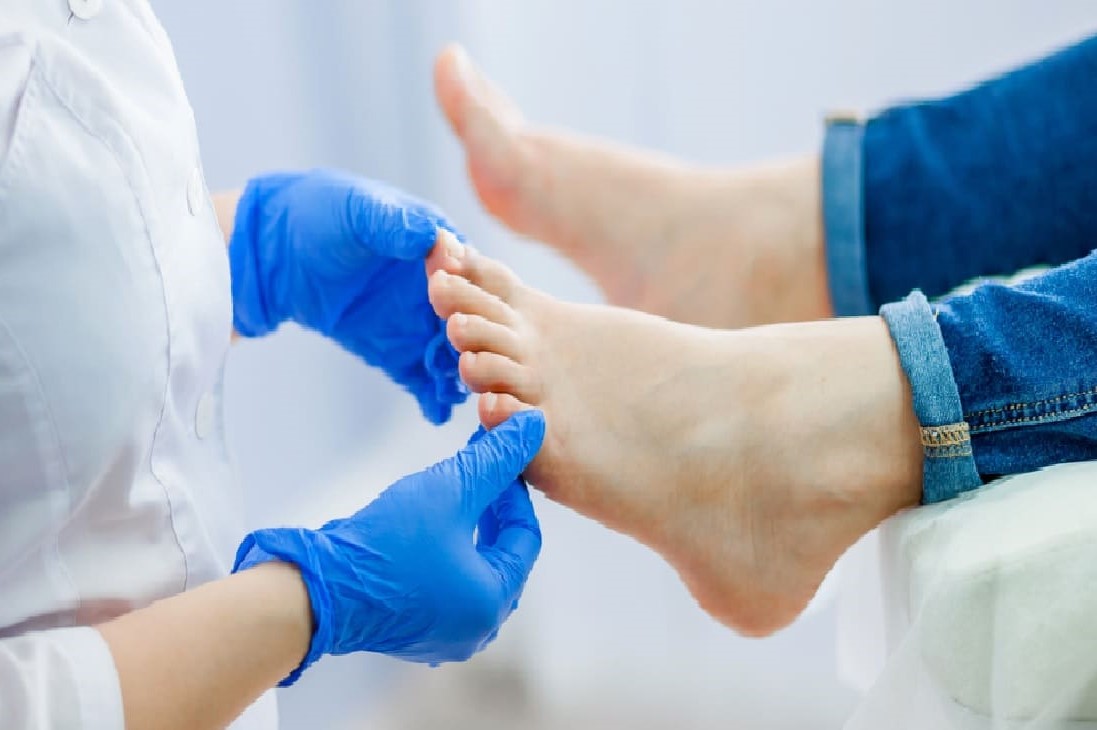
Macroangiopathy: a complication of diabetes
Macroangiopathy is an alteration that affects the large arterial vessels, generally through atherosclerosis, i.e. through deposition of fat (plaque) on the surface of the inner lining of these vessels and subsequent fibrous transformation of the plaque itself, with hardening of the artery and consequent loss of its elasticity, as well as a reduction in calibre and thus a decrease in blood flow
Hypertension and diabetes mellitus are two diseases that often complicate with macroangiopathy
This, in turn, causes serious complications such as heart disorders, kidney disorders and occlusion of one or more coronary arteries, resulting in a heart attack.
Hypertension and diabetes, if – as is often the case – they are concomitant, can increase the chances of developing these problems.
Hypertension is often linked to obesity, high cholesterol levels, high triglycerides, enlargement of the left heart, and is worsened by lack of physical activity, especially in patients with a family history of hypertension and coronary artery disease, especially if they are smokers.
Moreover, hypertension is much more common among men than women and can result in serious complications such as retinopathy and nephropathy.
Diabetes-associated hypertension increases the risk level of cardiovascular, cerebrovascular and peripheral vascular disorders and, especially in type 1 diabetes (IDDM), can complicate with chronic renal failure.
Macroangiopathy, the factors contributing to the onset of hypertension are multiple and interactive
A condition defined as pre-diabetes (more appropriately reduced glycidic tolerance) can turn into insulin resistance (syndrome X) and be accompanied by dyslipidaemia (significant increase in triglycerides, LDL-cholesterol and decrease in HDL-cholesterol).
Insulin resistance is a common pathogenic mechanism in this sequence, which significantly increases the risk of coronary heart disease.
More than 70% of NIDDM patients are at risk of cardiovascular, cerebrovascular or peripheral vascular problems.
Similarly, cardiac disorders account for more than 75% of all hospital admissions of diabetic patients.
Women with diabetes (type 1 or type 2) are five times more likely to develop cardiovascular disorders than those without diabetes.
Diabetic men are two to three times more likely to experience heart problems than non-diabetic men.
Diabetic women are five times more likely to suffer from lower limb arteriopathy than healthy women, and men two to three times more likely to suffer from it.
The risk of suffering a heart attack increases two to three times in patients with diabetes.
What to do in case of macroangiopathy
Diet is the key component of first-line therapy.
A healthy diet plan includes reducing calories, fat and sodium (important in hypertension), while meeting the demand for calcium and potassium.
It is essential that diabetes sufferers consult a dietician to set their diet correctly.
Exercise is another important component of therapy.
Other cardiovascular risk factors to be combated are smoking, stress and obesity.
Home blood-glucose monitoring, using digital devices, can certainly improve blood-glucose compensation and reduce secondary hypoglycaemia, the only real complication (sometimes even serious) that needs to be avoided as much as possible in antidiabetic therapy.
Read Also:
Emergency Live Even More…Live: Download The New Free App Of Your Newspaper For IOS And Android
Type 2 Diabetes: New Drugs For A Personalised Treatment Approach
The Diabetic Diet: 3 False Myths To Dispel
Paediatrics, Diabetic Ketoacidosis: A Recent PECARN Study Sheds New Light On The Condition
Orthopaedics: What Is Hammer Toe?
Hollow Foot: What It Is And How To Recognise It
Occupational (And Non-Occupational) Diseases: Shock Waves For The Treatment Of Plantar Fasciitis
Flat Feet In Children: How To Recognise Them And What To Do About It
Swollen Feet, A Trivial Symptom? No, And Here’s What Serious Diseases They May Be Associated With
Varicose Veins: What Are Elastic Compression Stockings For?
Diabetes Mellitus: Symptoms, Causes And Significance Of The Diabetic Foot
Diabetic Foot: Symptoms, Treatment And Prevention


